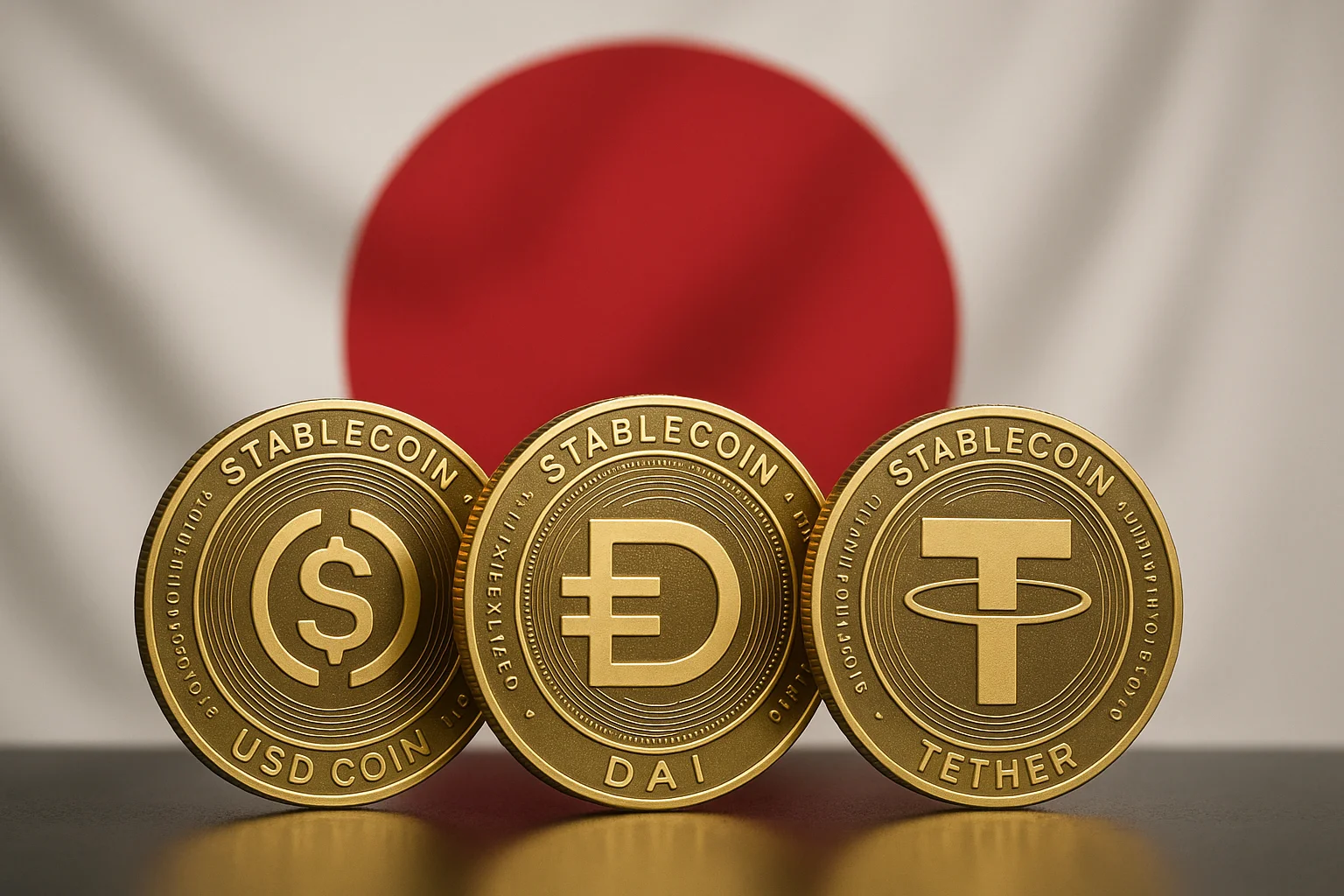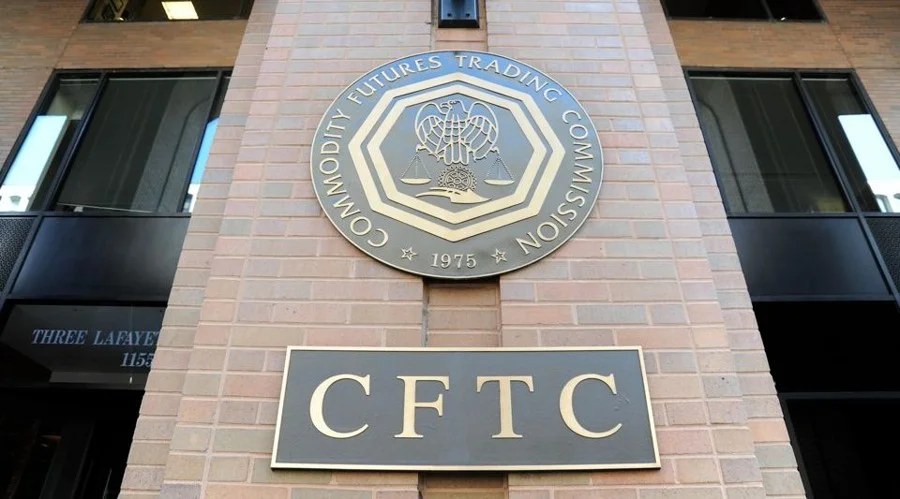Japan's three major banks are taking a significant step in the stablecoin space. Mitsubishi UFJ (MUFG), Sumitomo Mitsui (SMBC), and Mizuho plan to issue stablecoins pegged to both the Japanese yen and the US dollar. According to Nikkei, the trio will initially launch a pilot application for Mitsubishi Corporation.
What is the aim of the project?
The project aims to create a common standard for corporate payments and cross-border transactions. This will make digital liquidity in yen and dollars accessible within the Japanese financial system through domestic banks. This could enable Japanese companies, particularly those operating in the export and energy sectors, to transition to faster and lower-cost payment infrastructures. The three banks have a combined total of more than 300,000 corporate clients, suggesting that the stablecoin project could find widespread adoption.
Stablecoins are digital assets whose value is typically pegged to fiat currencies such as the US dollar. Their fast transfer capabilities, transparent reserve structure, and compatibility with smart contracts make them increasingly popular with both the crypto market and traditional financial institutions. The global stablecoin supply surpassed $300 billion as of last week, demonstrating the strong market confidence and demand.
Japan, which has long maintained a cautious stance on crypto assets, has recently made significant regulatory changes. The Financial Services Agency (FSA) is accelerating regulatory approvals for yen-backed stablecoins. Japan Post Bank also plans to launch a tokenized deposit system called DCJPY by fiscal 2026.
In addition to Japan, activity has increased across Asia. South Korea is preparing legislation to regulate stablecoin issuances, while Hong Kong is launching a new regime for licensed stablecoin companies. Ripple and SBI plan to launch a dollar-pegged token called RLUSD in Japan in early 2026.
Meanwhile, in the US, the GENIUS Act established the first comprehensive federal framework for stablecoin companies. Regulators believe this model could serve as a model for other countries, with US Treasury Secretary Scott Bessent predicting the global stablecoin market could surpass $2 trillion by 2028.




